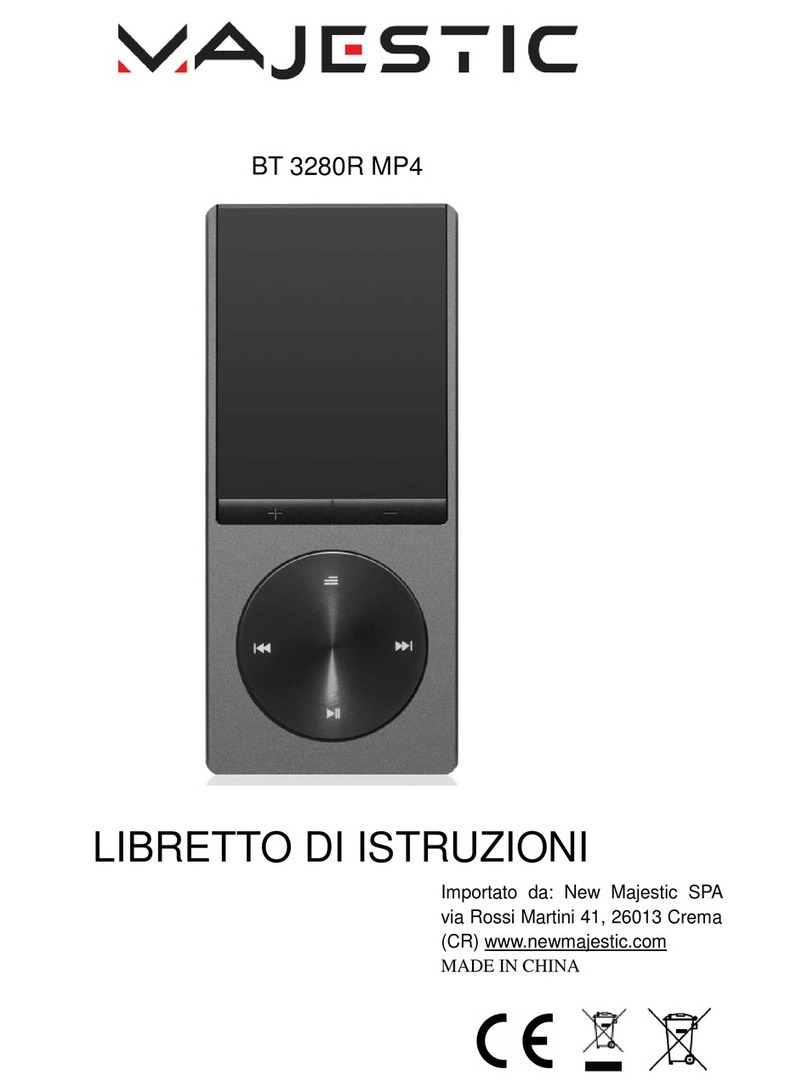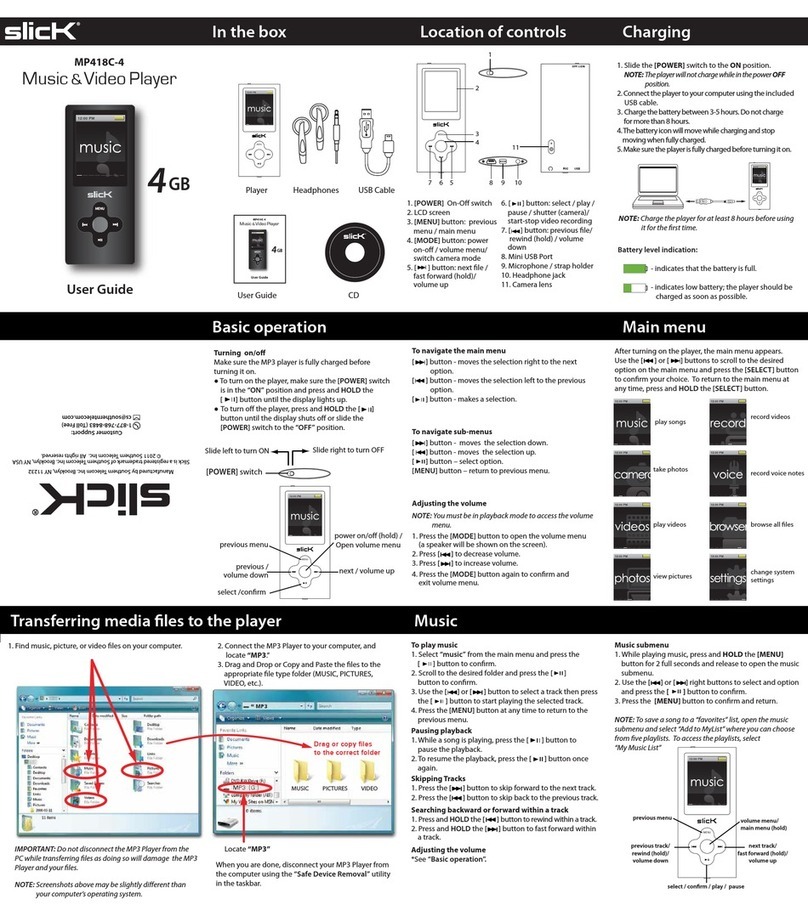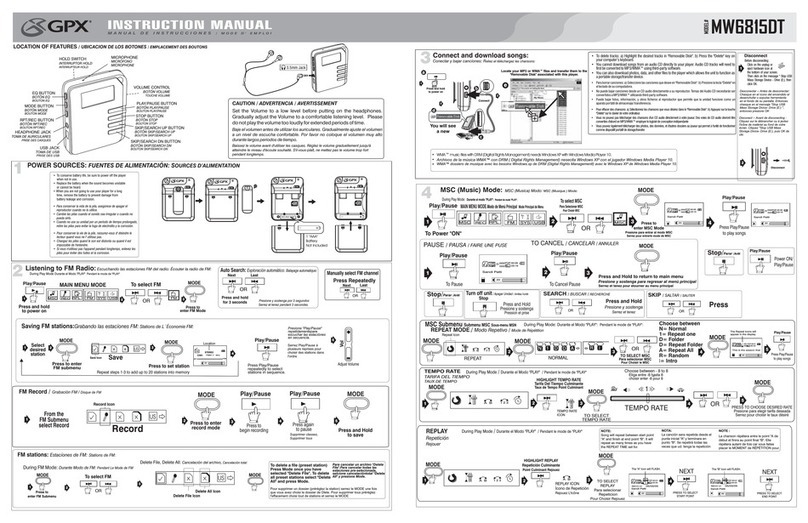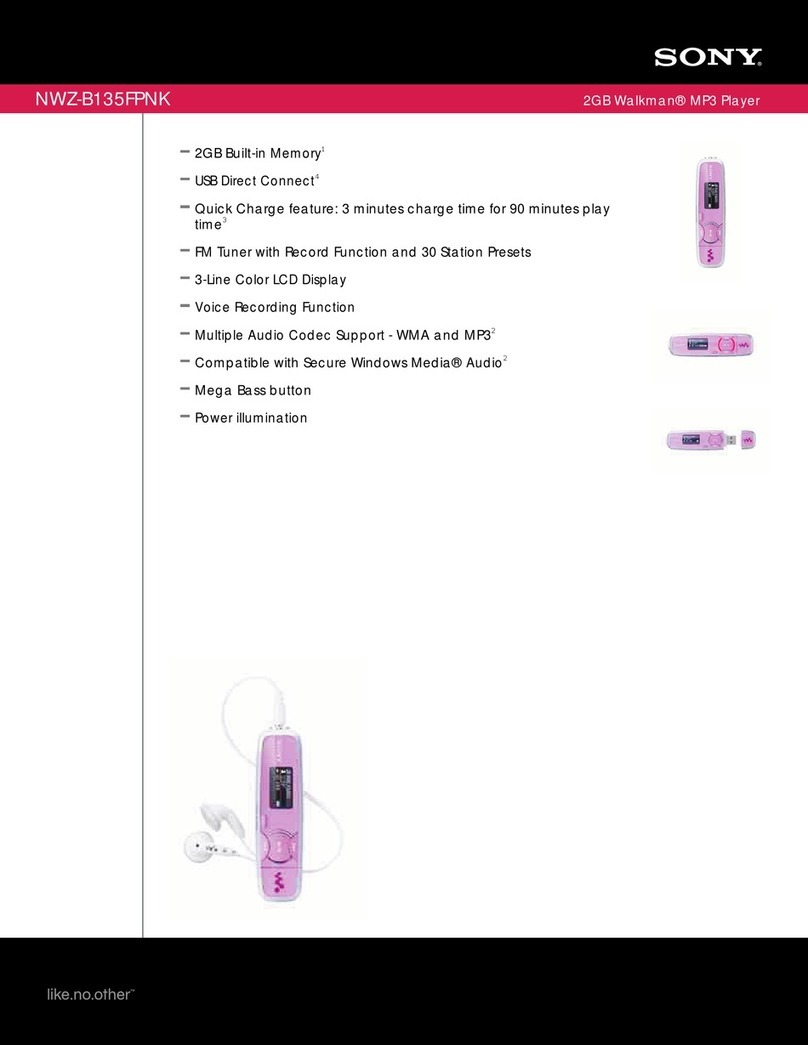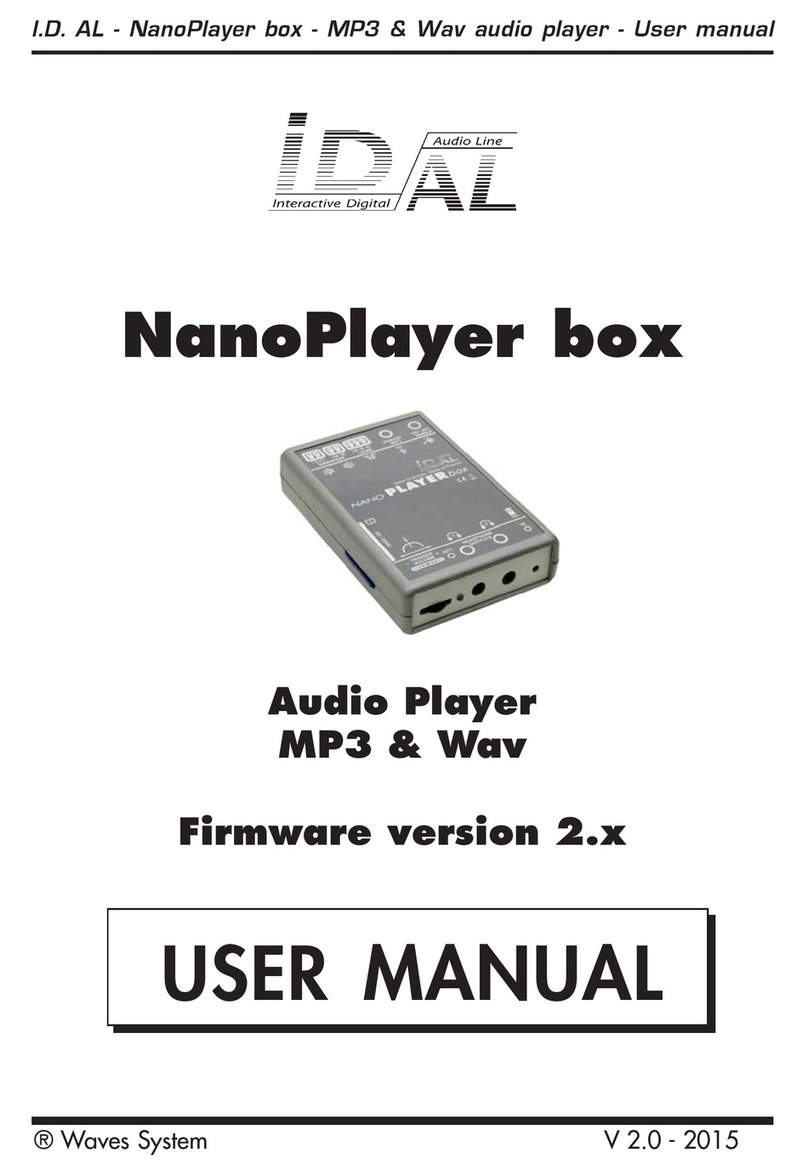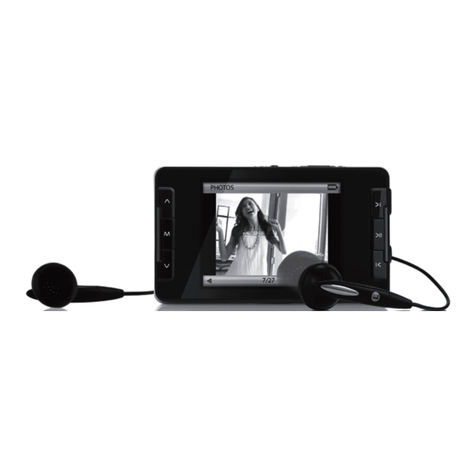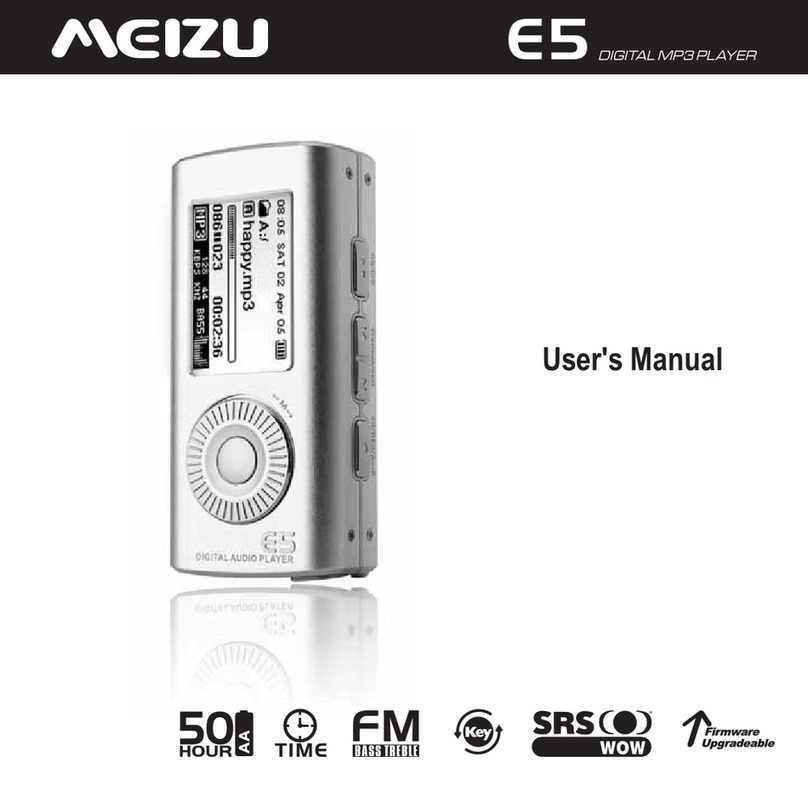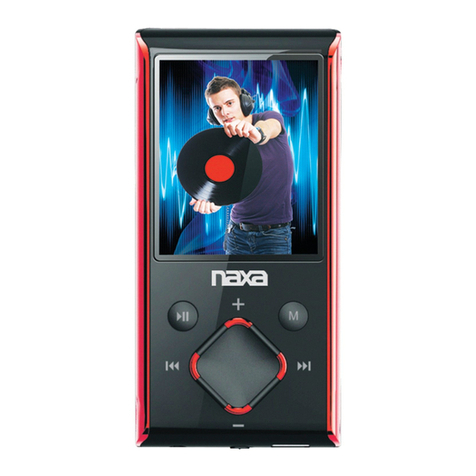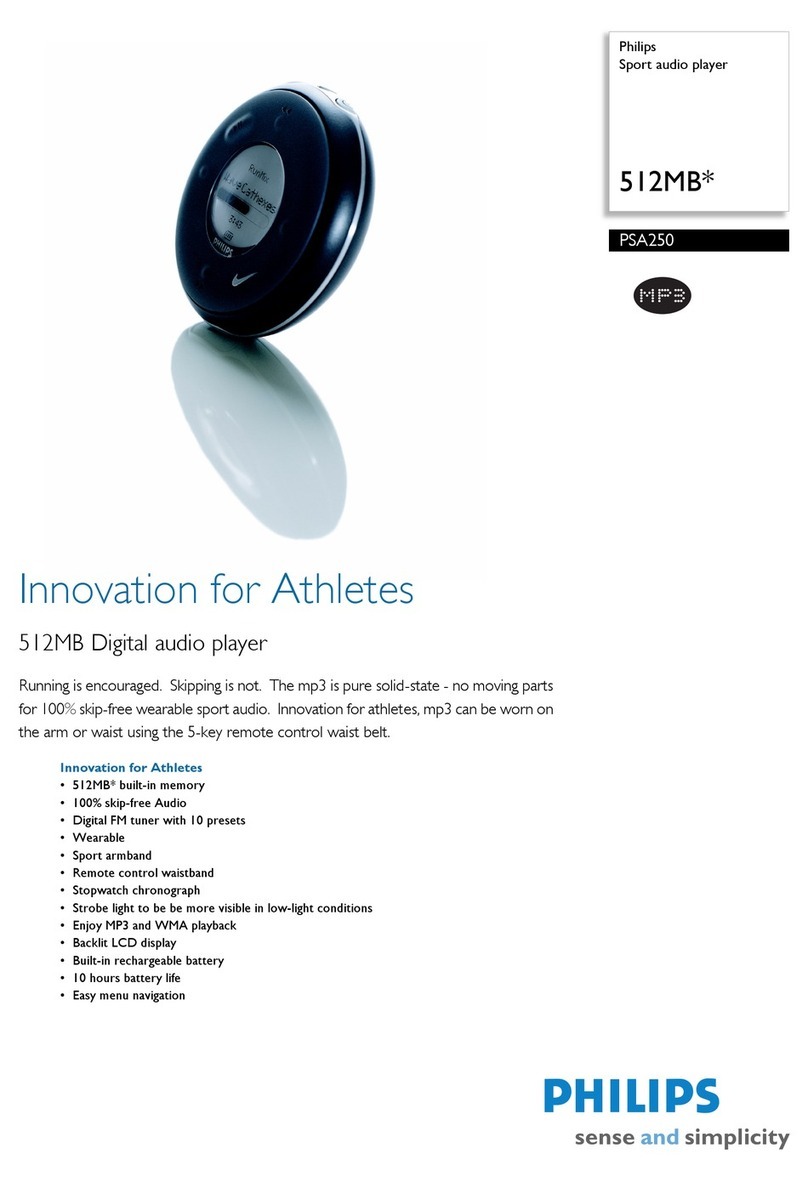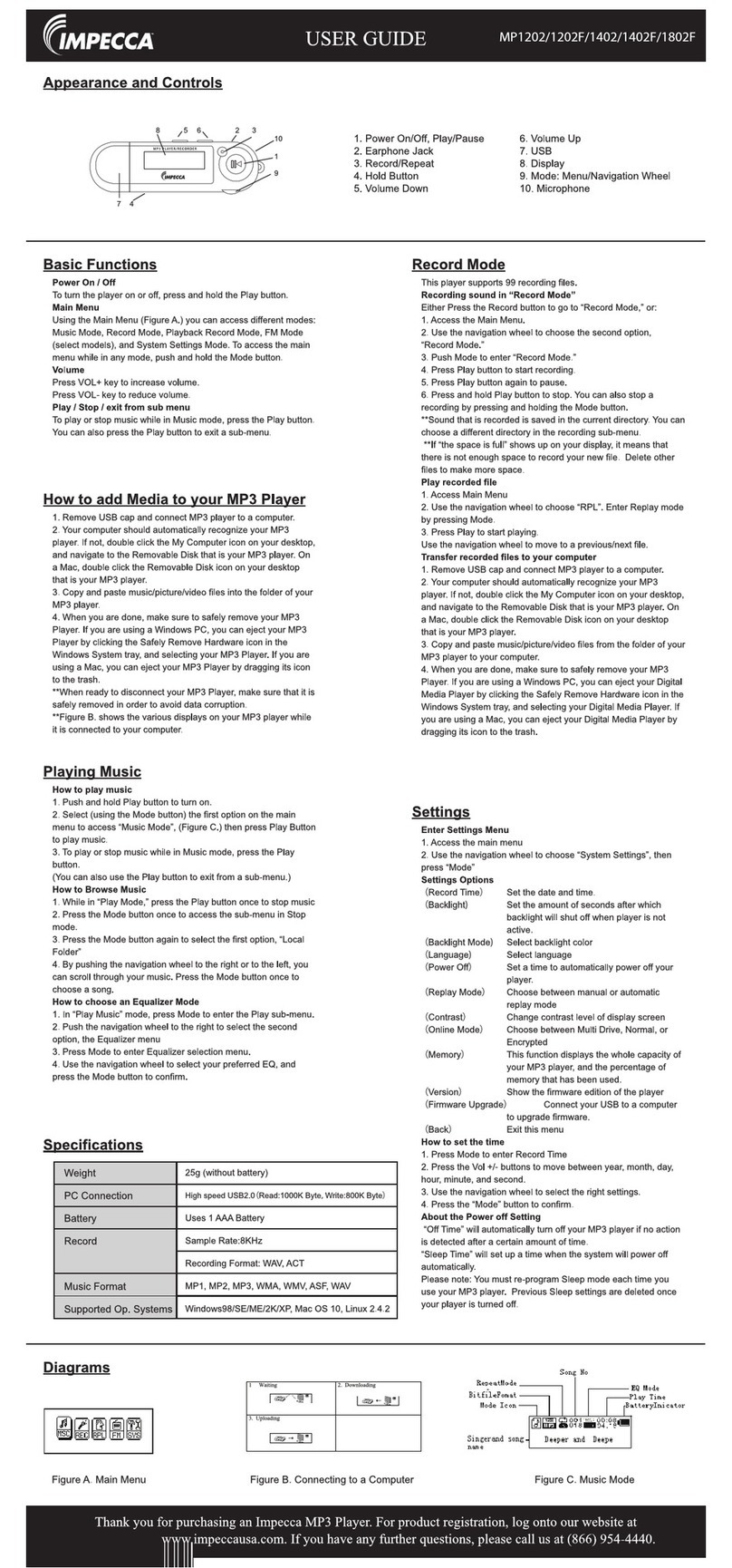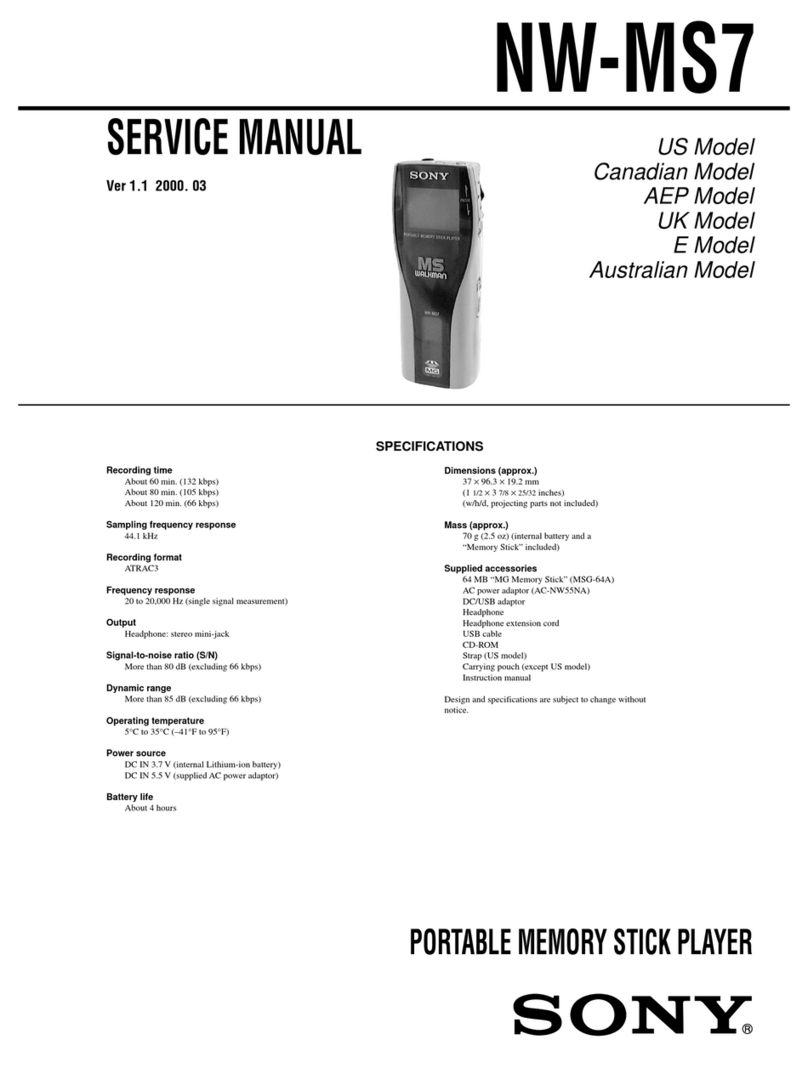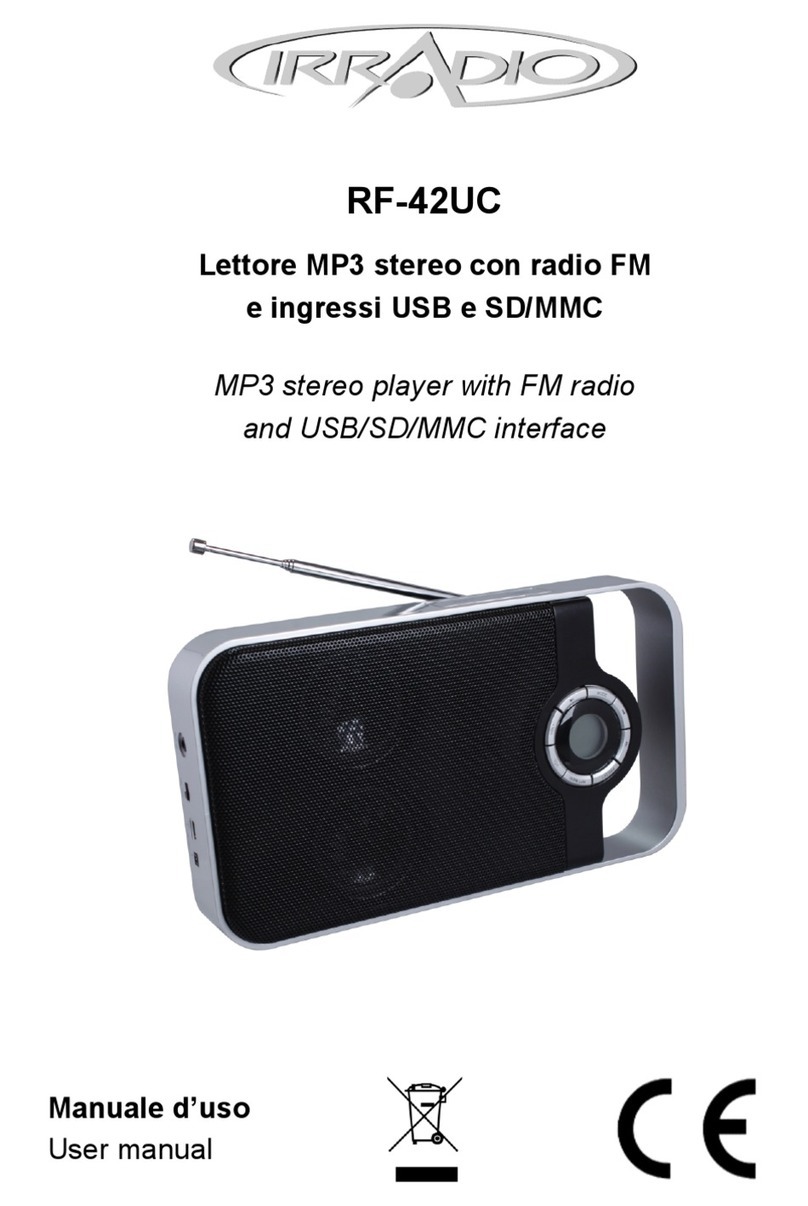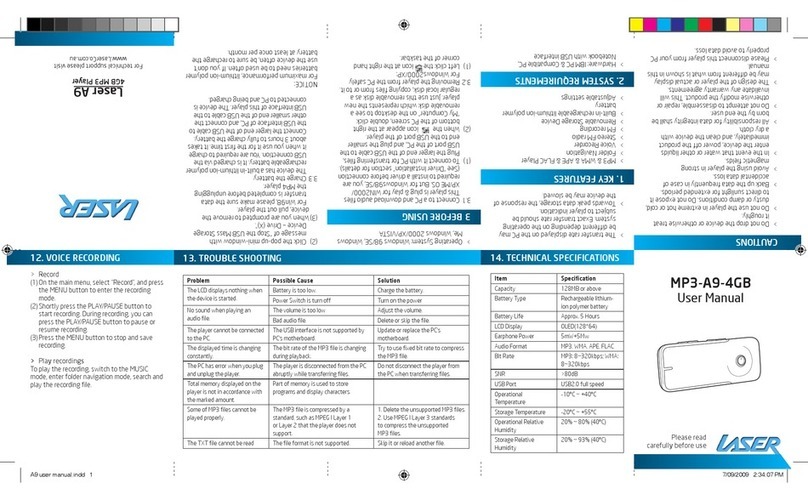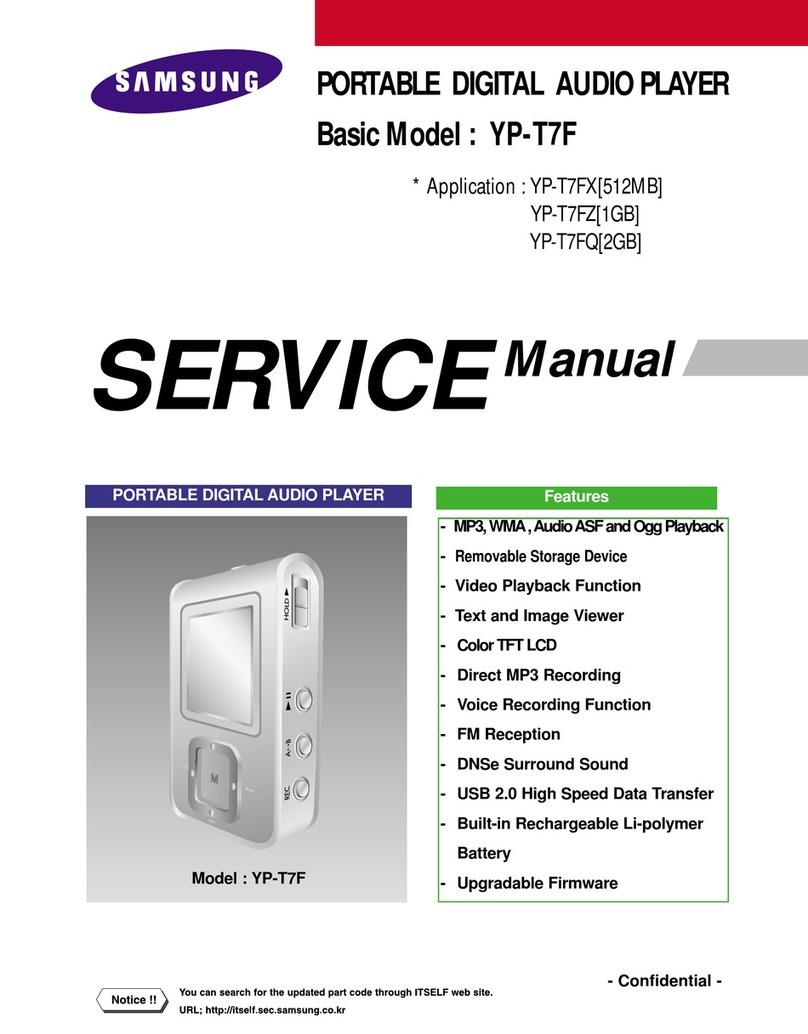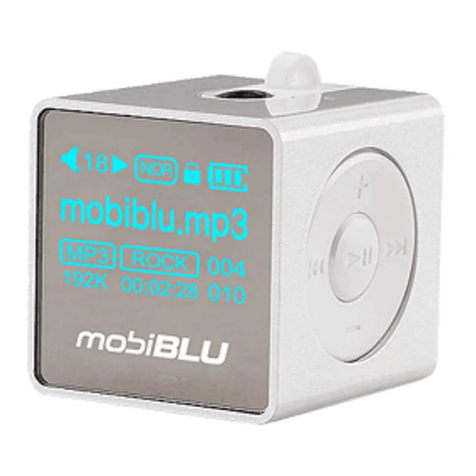inout Dinplayer D01-MKII User manual

0
qq
Dinplayer mod.D01-MKII USER MANUAL
Version 2.3

DINplayer User Manual v.2.3
Page 1
Warranty
DINplayer has a 24 month warranty on the electronic parts, running from the date of
purchase. The warranty will not be valid in case of tampering with the device or in case
personnel not authorised by the manufacturer or by the authorised dealer should carry out
work on it.
N.B. responsibility of the purchaser: in case of operation under warranty, the device must
be packaged so as to prevent damage during transport and shipped to the manufacturer
together with all the accessories.
Warranty rules
1. In order to exercise his warranty rights, the purchaser must enclose with the device a
copy of evidence of purchase duly stamped by the dealer (bill/invoice).
2. The warranty lasts for 24 months for the electronic parts. The warranty is granted at the
point of sale or else directly requested from the manufacturer.
3. The warranty only covers damage to the product which makes it work badly.
4. Work under warranty will only mean repairing or replacing, free of charge, any parts
acknowledged to be defective during manufacture or in their material, including labour
costs.
5. The warranty does not apply to damage caused by negligence or failure to comply with
the instructions, or damage caused by unauthorised people, with a special reference to
the outside parts.
6. Also, the warranty does not apply to damage caused to the device by connection to
unsuitable power sources.
7. The warranty does not cover parts subject to wear after use, or the container if the
material is not defective.
8. The warranty does not include transport costs, which will be paid for by the purchaser
in relation to the manner and time of transport.
9. The warranty will run out after 24 months have elapsed. In this case, service will be
provided charging for the parts replaced, labour costs and transport according to the
current rates.
10. Any dispute will be settled exclusively before the Court of Law of Venice.

DINplayer User Manual v.2.3
Page 2
TABLE OF CONTENTS
1.
Introduction
1.1 What is DINplayer?
1.2 What is Mp3?
1.3 Encoder
1.4 Decoder
1.5 Player
1.6 Wave
1.7 Audio compression in various formats
2.
Installation
2.1 Content of the DINplayer kit
2.2 Notices
3.
Description and connections
3.1 Command description
3.2 Connection description
3.3 Power supply
3.4 Vplay output for external relay
3.5 DINplayer configurations
3.6 Logical inputs
3.7 Logical inputs: music player
4.
Configuration file
4.1 What is the configuration file?
4.2 Content of the configuration file
4.3 How it is managed by DINplayer
4.4 Preparing the file
4.5 Memorising the files in the Flash memory
4.6 Audio adjustment parameters
4.7 Power amplifier configuration
4.8 Logical inputs configuration
4.9 Playlist/music player configuration
4.10 RS485 serial port communication parameters
5.
Operation with logical inputs
5.1 Introduction to the logical input operation mode
5.2 Binary input command codes
6.
Playlist operation
6.1 Introduction to playlist mode operation – MPLL parameter
6.2 Playlist player
6.3 Playlist player with logic inputs
6.4 Playlist player and RS485

DINplayer User Manual v.2.3
Page 3
7.
Music player mode
7.1 Music player function
7.2 Music player with logical inputs function
8.
RS485 serial communication
8.1 DINplayer and RS485
8.2 Serial port communication parameters (config.txt)
8.3 Framing error on master
8.4 NAK reply by DINplayer
8.5 Transmitting a command by master
8.6 How to read the figures of the dedicated protocols
8.7 When the Master delivers a command to DINplayer
8.8 Basic format of the dedicated protocols
8.9 Basic set-up of the data transmission
8.10 Control codes
8.11 Address (ADD)
8.12 Command (CMD)
8.13 CheckSum (CHK)
8.14 Basic protocol
8.15 Basic protocol with CheckSum
8.16 Basic protocol with CR and LF
8.17 Basic protocol with CheckSum, CR and LF
8.18 List of commands
8.19 Error codes
9.
Specifications
9.1 Technical features
9.2 Obsolete devices disposal
Addendum:
examples of serial RS485 communication

DINplayer User Manual v.2.3
Page 4
1Introduction
1.1 What is DINplayer?
DINplayer is an advanced MP3 player with solid state memory, which has been designed
to play warning messages, voice alerts and all types of audio files, recalled by the use of
logical inputs in binary combination.
Standard DIN clamp housing allows to use it with different automation systems: PLC,
industrial computers, touch screen operated terminals, automatic distributors, commercial
promotion systems and various uses on switchboards.
1.2 What is Mp3?
Mp3 is an acronym for Mpeg-1 layer 3. This is an audio compression standard which
eliminates sounds which the human ear cannot hear via a psycho-acoustic algorithm. The
purpose of this compression is to reduce the space taken up by an audio file while still
ensuring excellent quality. The greater the compression, the less the audio quality. The
right compromise, which guarantees a quality comparable to that of a Compact Disc, is
128 Kbps (thousands of bits per second) which represents the most widely used manner,
and reduces the size of an uncompressed file by 10 times.
1.3 Encoder
Software which compresses audio CDs or wave files into MP3s. There are many software
of this kind, and it is virtually impossible to say which is the best.
1.4 Decoder
Software which decompresses an MP3 audio file in order to send it to a digital-analog
converter and reconstruct the original audio signal.
1.5 Player
Hardware and software system able to read MP3 audio files. DINplayer is able to carry out
this function.
1.6 Wave
High quality audio format (extension .wav), compatible with the tracks of normal music
CD’s. If one uses a wave file in format 44.1 KHz/sec. at 16 bit in stereo, one will get
exactly the same quality as a music CD, but the size of the file is about 10Mb per minute.
1.7 Audio compression in various formats.
The following graphic shows the space taken up by an uncompressed audio file of about 5
minutes (.wav) and compressed in MP3 at 128Kbps (MP3).
Wave 51,1 MB
MP3 4,6 MB
Table of contents
Other inout MP3 Player manuals


